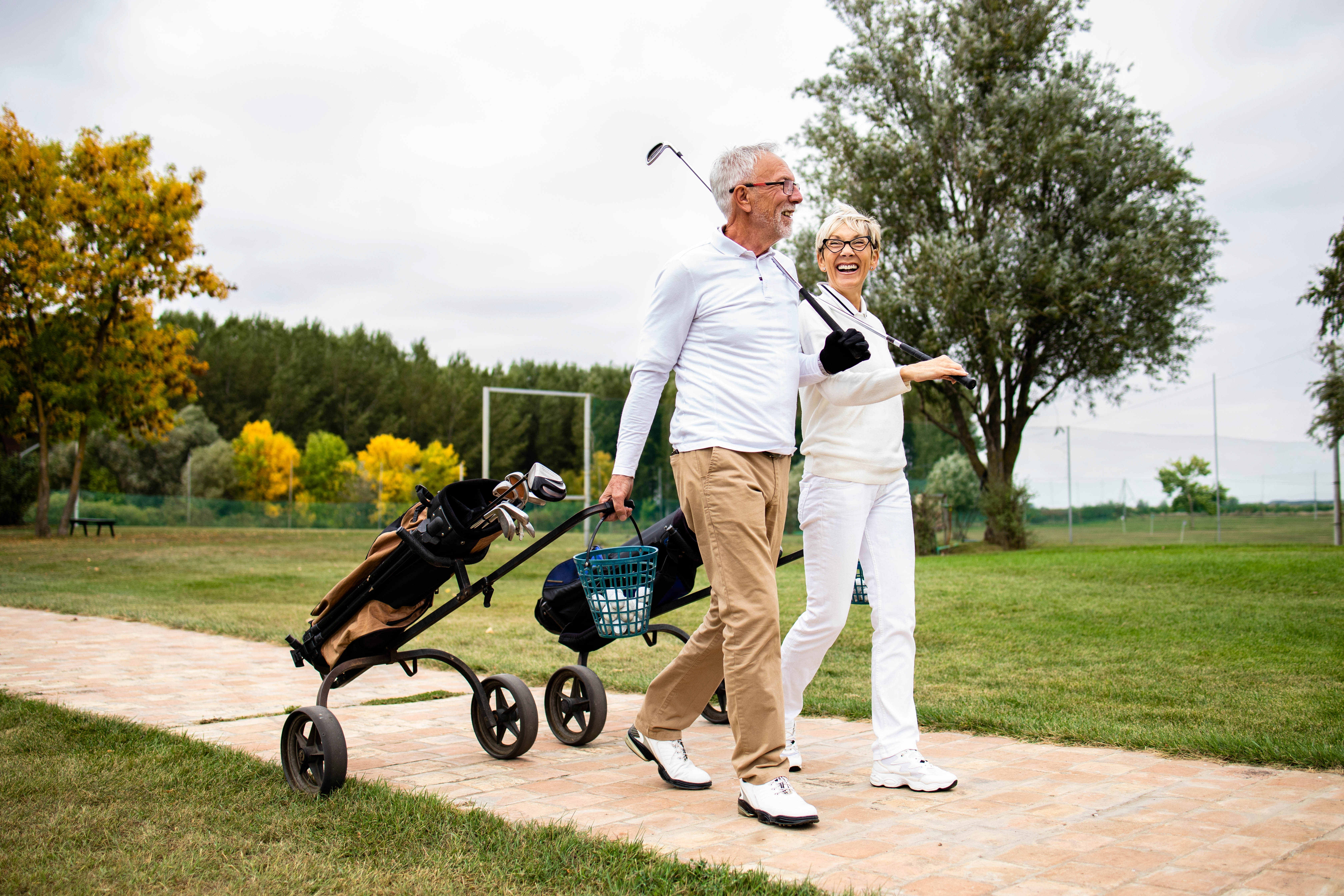Stay in the Game: Golf Strong from Your 50s and Beyond
Living Well

Written by: Marvin Nixon, Personal Trainer, Toronto Athletic Club
Do you know a golfer who used to be a star but is now rarely seen on the course? It happens. Often, as golfers age, they face frustration due to reduced performance and/or physical pain, especially back pain.
After 40, strength and power naturally decrease, leading to roughly a 10% drop in driving distance per decade. This loss of strength can also increase the risk of injury, while reduced power means shorter, less accurate shots, leading to frustration and less enjoyment of the game.
Regular, golf-focused exercise is key to slowing down the effects of aging by maintaining mobility, strength, and distance. Working with a Titleist Performance Institute (TPI)-certified trainer at the Toronto Athletic Club can help you develop a personalized exercise program.

Playing Your Best Golf for Life
To keep playing your best, focus on exercises that build mobility for a full swing, strength for creating force, and overall power for distance. Strength training also helps prevent injuries and improves shot consistency.
Imagine losing only 5 yards instead of the expected 20 over ten years - that's a huge win! Golf-focused fitness can even help golfers over 50 gain yardage or feel better walking 18 holes. Plus, exercises that improve your golf game also boost your overall health.
What's the First Step?
To determine the best exercises for maintaining mobility, strength, and power, schedule a session with a TPI-certified golf fitness trainer at the Toronto Athletic Club. They'll assess your needs and help you stay on the course as long as you desire.
For more information, contact Marvin Nixon.
2355